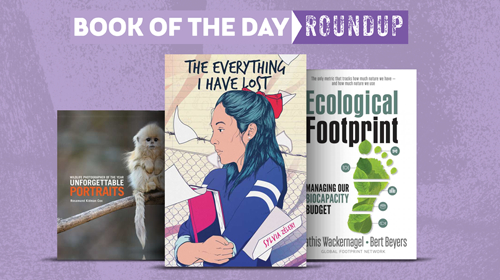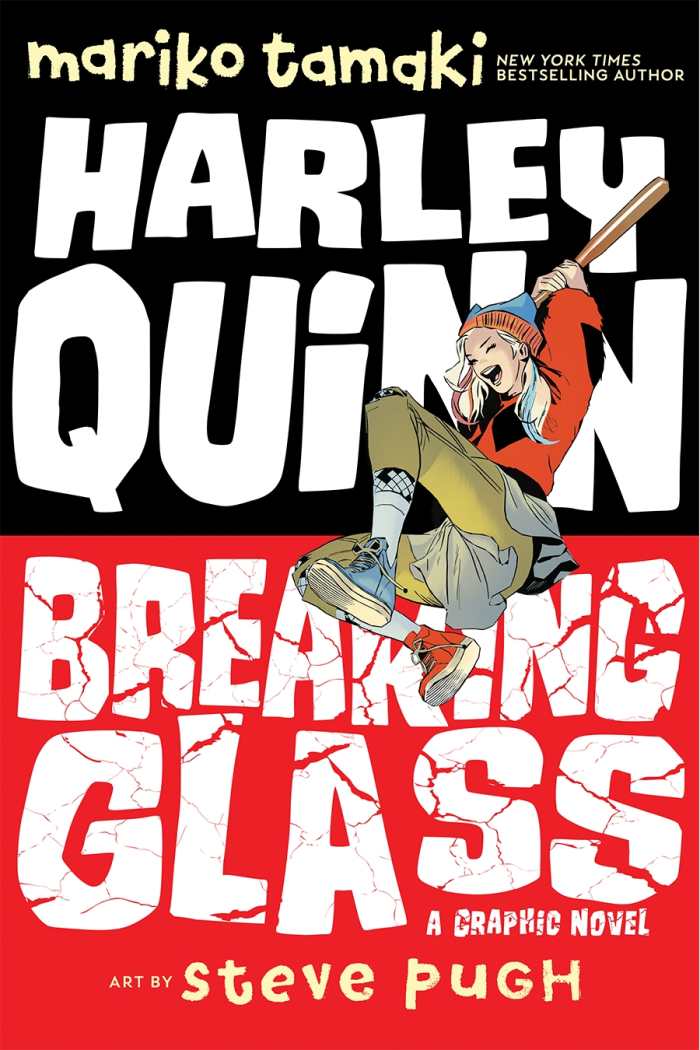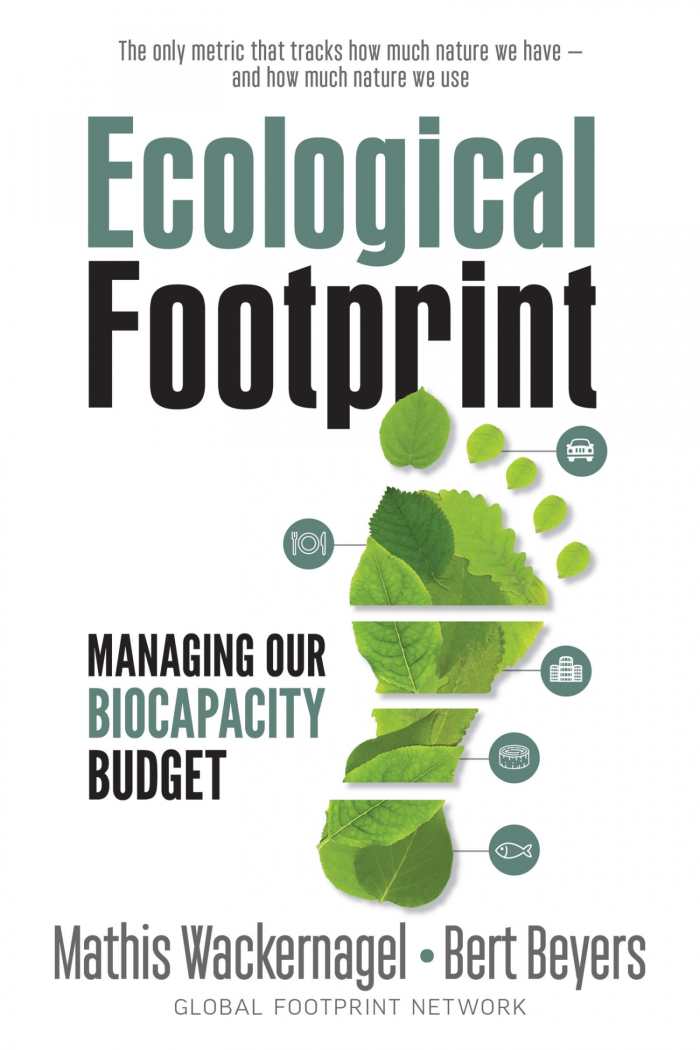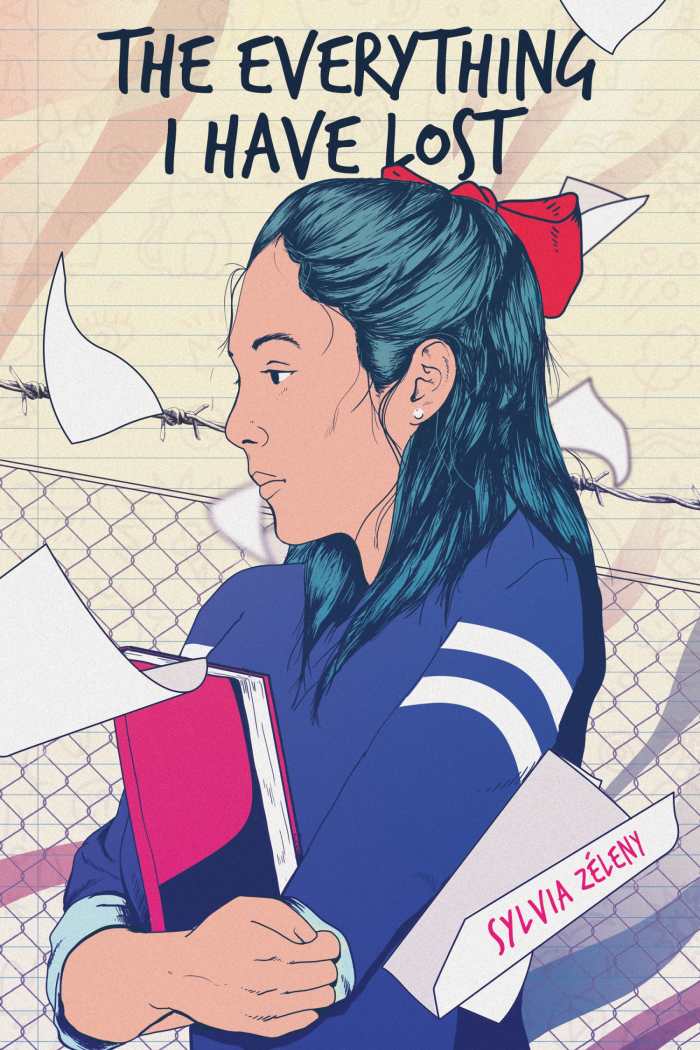Book of the Day Roundup September 2-6, 2019

Unforgettable Portraits

Rosamund Kidman Cox
Firefly Books
Hardcover $29.95 (128pp)
978-0-228-10183-3
Buy: Local Bookstore (Bookshop)
A wildlife photo brings to hand what rightfully belongs in the secretive haunts of untamed wilderness. The best of those photos capture an animal in its natural habitat acting true to its nature. And quite often, as voyeurs, we humans are left in a mindless, awed state. These photos defy words, and a book of such images serves to paralyze the conscientious reviewer with a blinkered type of writer’s block.
Unforgettable Portraits is exactly that: a stupefying collection of animal portraits and images sourced from the Wildlife Photographer of the Year contest, a fifty-three-year and running competition owned by London’s Natural History Museum. Snow leopard, anaconda, wolverine, Dalmatian pelican, Peringuey’s adder, Atlantic wolffish, Philippine eagle, pot-bellied seahorse, kingfisher, blue shark, American bison, Komodo dragon, sperm whale, fennec fox, and dozens of others—exotic plants and insects included—make uncanny appearances, with each photo earning a brief story describing how the moment came to be. Rarely taking a serendipitous snapshot, often the photographers invested days waiting for the exact set of circumstances to line up. Unforgettable Portraits, yes. Your coffee table should be so lucky.
MATT SUTHERLAND (August 26, 2019)
Harley Quinn
Breaking Glass

Mariko Tamaki
Steve Pugh, illustrator
DC Ink
Softcover $16.99 (208pp)
978-1-4012-8329-2
Buy: Local Bookstore (Bookshop)
A new origin story for the unpredictable antihero Harley Quinn is revealed in Mariko Tamaki’s Harley Quinn: Breaking Glass. It portrays her as a quirky teenager sent to live in Gotham City, where she’s “adopted” by a kind but unusual group of drag queens. She also befriends Ivy, a classmate and a budding environmental activist.
Breaking Glass elevates Harley Quinn to solo star status, but it also preserves her strange relationship with The Joker, who gets a revised origin story of his own and a new look, too. Other longtime associations are also here. There are hints that Ivy is on her way to becoming Poison Ivy, the classic Batman villain, and Bruce Wayne makes an appearance. But the focus is Harley Quinn, and as Tamaki writes her, she’s a fascinating character who’s still discovering herself and questioning traditional notions of justice.
Steve Pugh’s art is stunning throughout, its style realistic but tweaked to comic exaggeration when needed. Its colors are as impressive, using a full range of hues in a sparing way for maximum impact. The main blue-green and white tone is punctuated with bursts of red and black (Harley Quinn’s costume), purple and green (The Joker’s costume and hair), pink (in the drag club), and orange (prison jumpsuits).
Breaking Glass is a standout achievement that demonstrates the unique blend of words, pictures, and color that comics offer. With its diverse cast and respect for the essential natures of long-beloved characters, Harley Quinn: Breaking Glass should appeal to comic book newcomers as well as longtime fans.
PETER DABBENE (August 26, 2019)
Ecological Footprint
Managing Our Biocapacity Budget

Mathis Wackernagel
Bert Beyers
Katharina Rout, translator
New Society Publishers
Softcover $19.99 (240pp)
978-0-86571-911-8
Buy: Local Bookstore (Bookshop)
While grave concern for the world’s environment is often expressed, “biocapacity”—the planet’s ability to regenerate and support the needs of living things––is less often discussed in specific, measurable terms. Mathis Wackernagel and Bert Beyers’s fascinating Ecological Footprint does the related work of examining and analyzing humanity’s impact on the Earth.
Wackernagel (with William Rees) developed the notion of an ecological footprint in the early 1990s to “measure the availability of nature, but also human demand on it.” This book compares the footprint to a financial accounting tool, measuring the amount of nature that is drawn upon by any person, organization, physical structure, or city.
Beginning with a plain overview of the ecological footprint that demonstrates how it is applied, the book next tackles the important subject of overshooting, or using more resources than the Earth can sustain. Global overshoot becomes the defining central challenge, and the remainder of the book discusses this in an eloquent way. The text views the challenge “from the perspective of biocapacity,” not limited by narrower concepts like the carbon footprint.
The book concentrates on specific examples over general theory, moving through footprint calculation examples for individuals, cities, countries, products, and companies. One intriguing chapter assesses architecture and city planning, discussing projects like Mazdar City, an ecocity development by the United Arab Emirates, while another devotes its attention to the footprints of China and Africa and their natural resources consumption.
Its examples documented with care, Ecological Footprint offers astute observations and recommendations for global improvement.
BARRY SILVERSTEIN (August 26, 2019)
Mr. Pumpkin’s Tea Party

Erin Barker
blue manatee press
Hardcover $17.99 (32pp)
978-1-936669-77-6
Buy: Local Bookstore (Bookshop)
The guest list may seem spooky with a skeleton, wolf, spider, and swamp monster in attendance, but Mr. Pumpkin’s tea party is a frightfully elegant affair. Rhyming verses and watercolor artwork show each partygoer as a glowing sunset makes way for the rising moon. Count from one to thirteen as haunting, lovely ladies and gentlemen of lore and legend arrive with refreshments and decorations befitting a late autumn evening of fun and friendship.
PALLAS GATES MCCORQUODALE (August 26, 2019)
The Everything I Have Lost

Sylvia Zéleny
Cinco Puntos Press
Hardcover $15.95 (256pp)
978-1-947627-17-8
Buy: Local Bookstore (Bookshop)
A girl experiences life on both sides of the US-Mexican border in Sylvia Zéleny’s daring middle grade novel The Everything I Have Lost.
Twelve-year-old Julia’s parents have done a thorough job of preserving their daughter’s innocence. In Juarez, she worries more about her friends, homework, and when she’ll be allowed to wear lipstick than she does about the escalating violence around her.
When her father gets a mysterious new job, Julia feels kept in the dark. Her mother grows distant, and she hears rumors that her father is working for a dangerous gang. Over the course of three years, Julia writes in her diary about daily events, internal struggles, and her surroundings, epitomizing the process of growing up.
Julia’s voice becomes more mature as she formulates an understanding of Juarez and El Paso, where she moves halfway through the book. She explores the inner lives of her family members, too. Her world is obscured by what adults refuse to explain, and she tries to comprehend violence by writing to relay what others tell her, saying “I don’t know what that means.” Her attitude shifts as she develops clarity, and her language is sophisticated by the book’s end.
Nothing is revealed outside of the scope of Julia’s experience, yet the book feels complete. Through her eyes, her mother, father, friends, and others fit into their roles. The text hints at their motives, and they are dimensional even if Julia does not see them as such.
The Everything I Have Lost captures a girl’s blossoming understanding of violence, family dysfunction, and what it means to grow up.
AIMEE JODOIN (August 26, 2019)
Barbara Hodge
